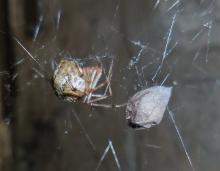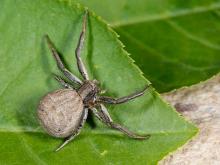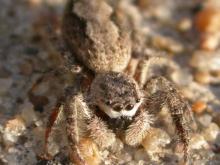Media

Species Types
Scientific Name
Pholcus, Psilochorus, and others in the Pholcid family
Description
Cellar spiders look wispy with their incredibly long, thin legs and habit of bouncing rapidly in their cobwebs when disturbed, which turns them into a blur. Some species are very common in homes.





























